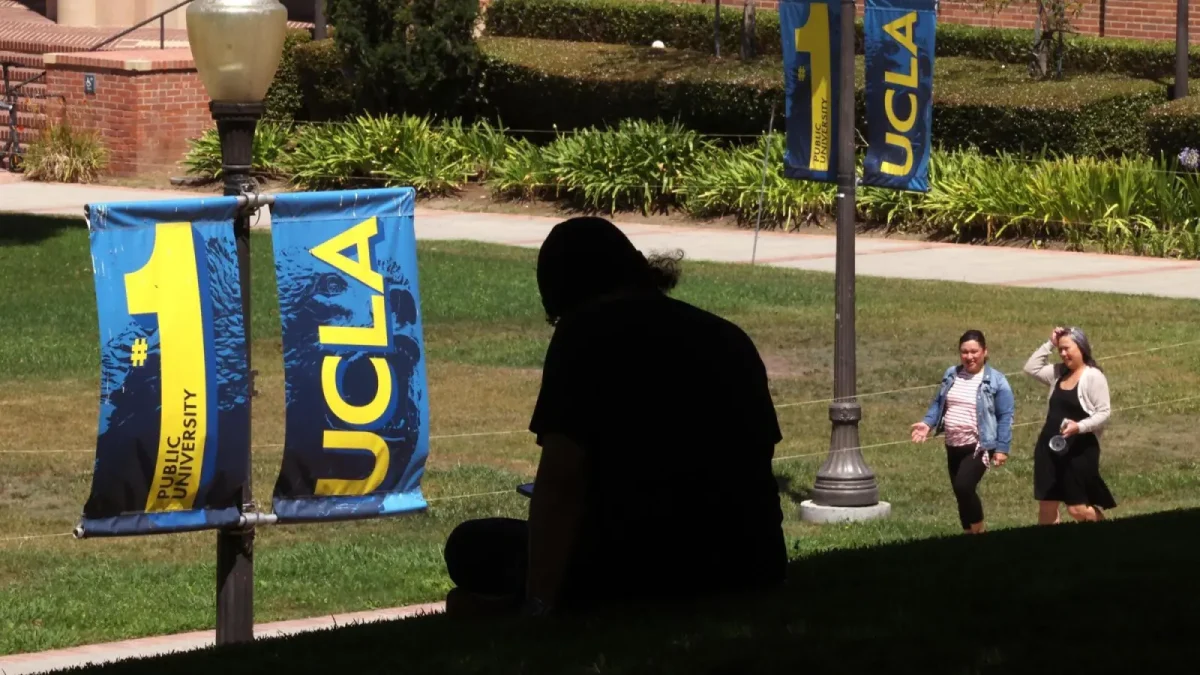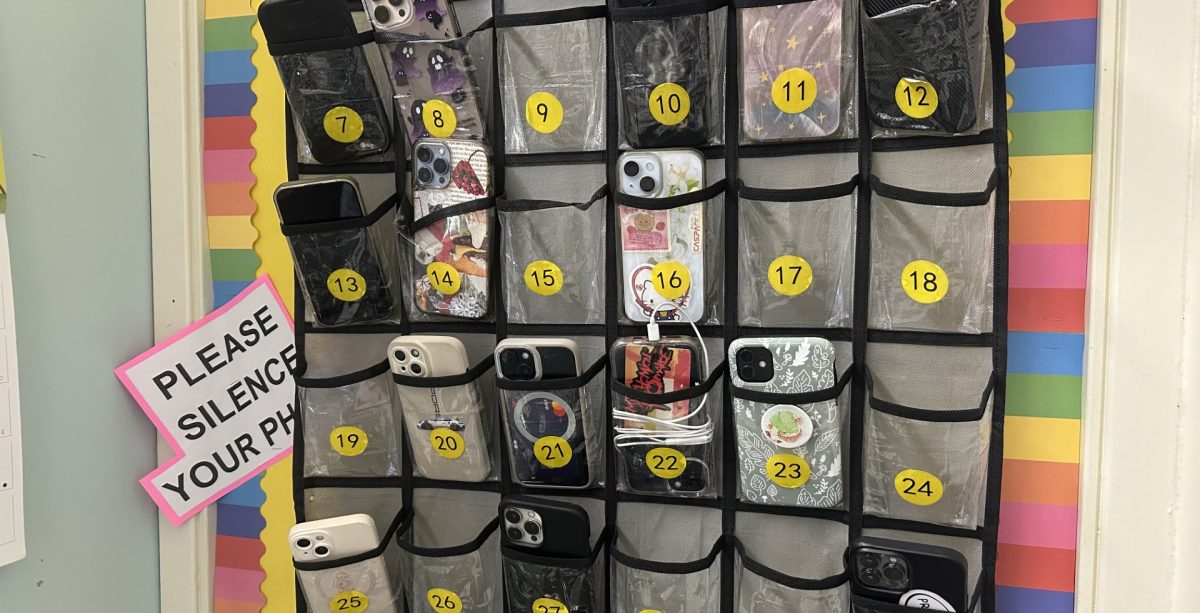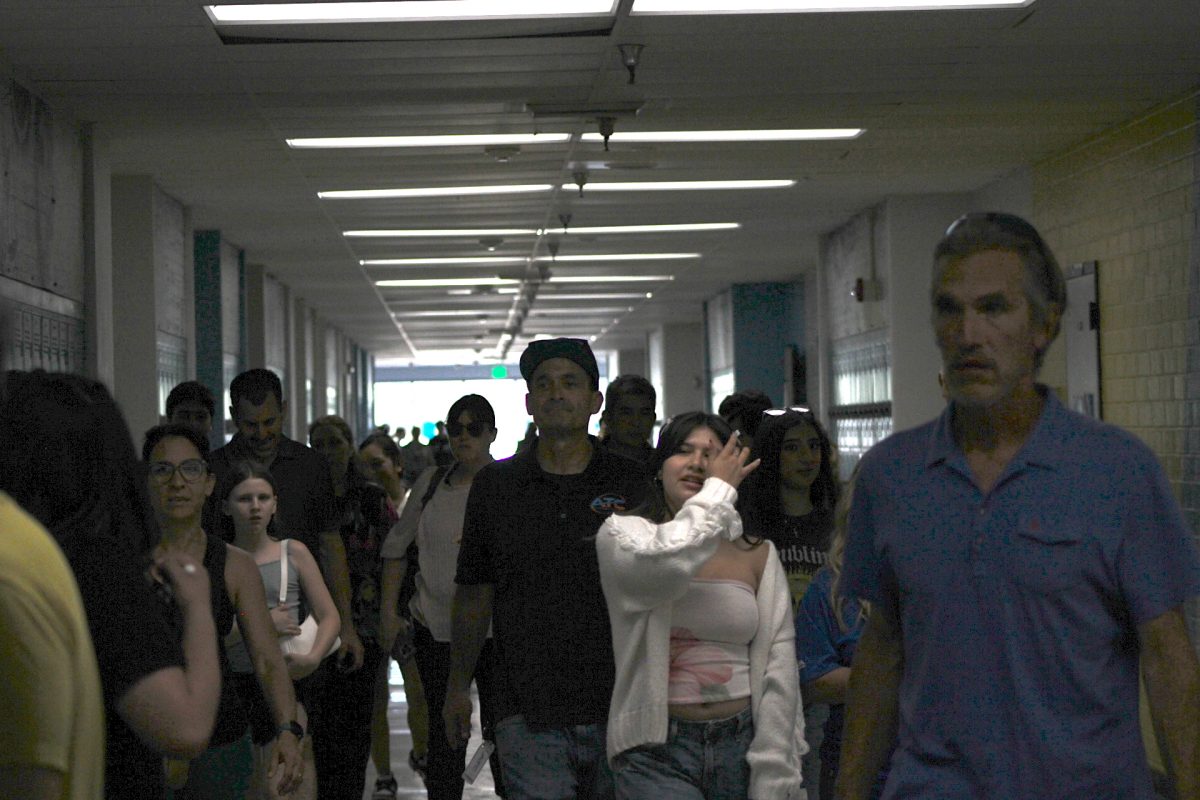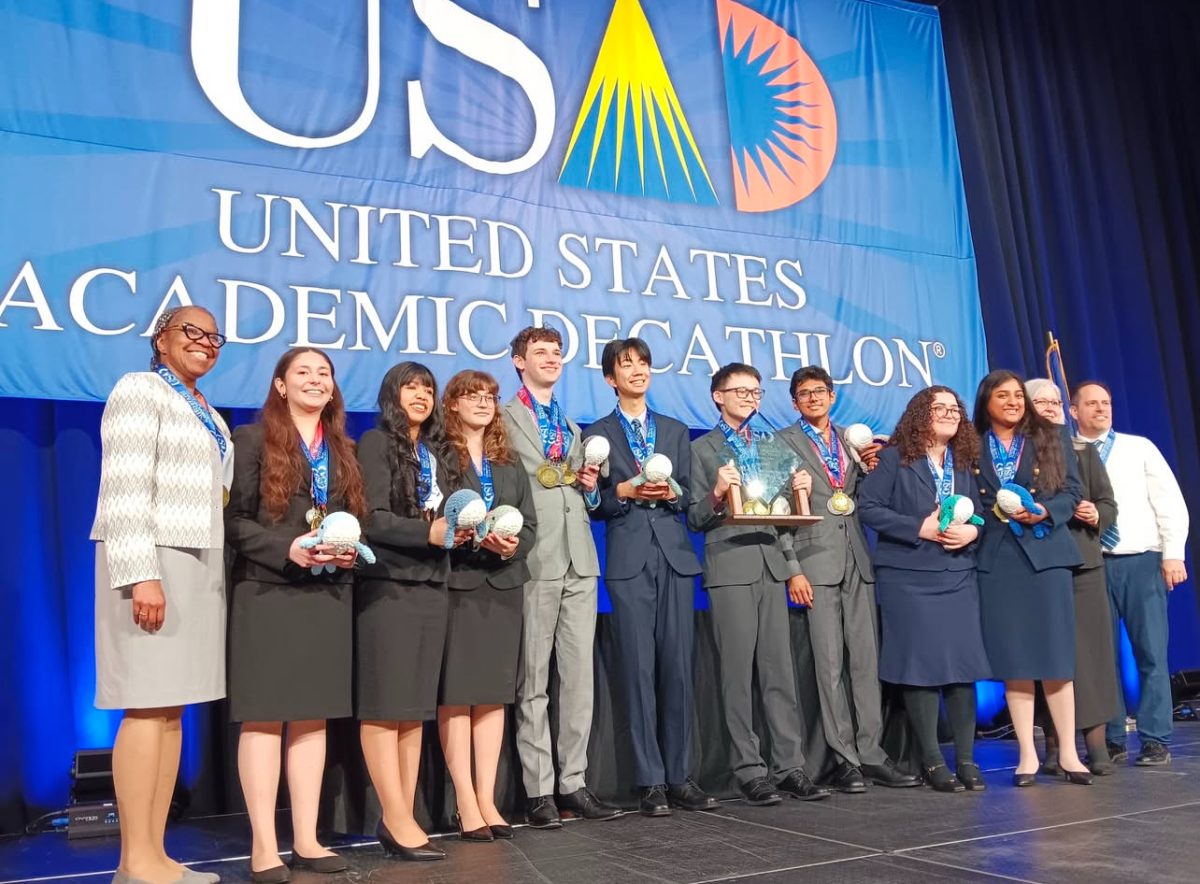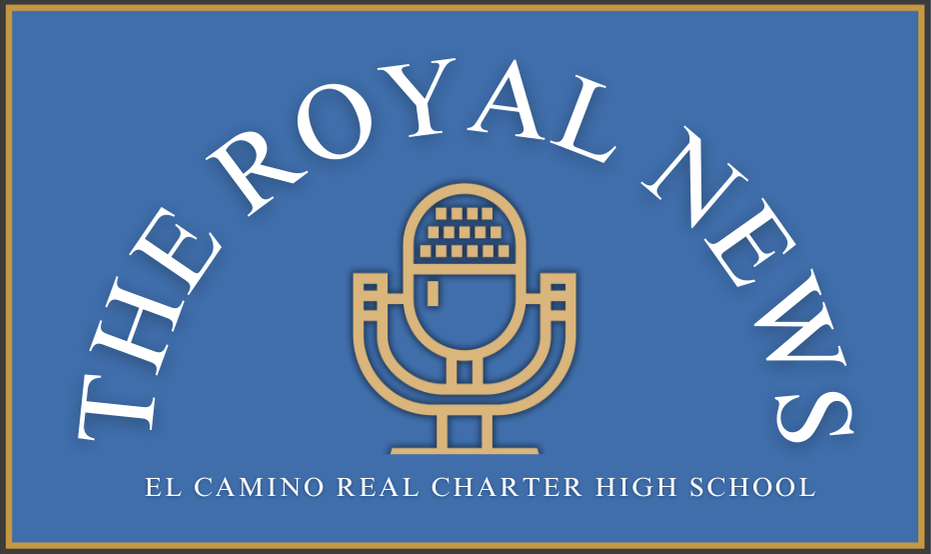Last month, the private aerospace companies Intuitive Machines and Firefly Aerospace surpassed two major aerospace milestones, performing the second and third-ever soft landings on the Moon by a private aerospace firm. Both of these missions were part of the Commercial Lunar Payloads Service program, a program run by the National Aeronautics Space Association (NASA) that hires private companies to send unmanned robotic landers and rovers to the moon.
The two missions concluded with varied levels of success, however both managed to perform a soft landing—a landing in which the spacecraft does not sustain significant damage—on the Moon. The first landing of the two was performed by an Intuitive Machines (IM) Nova-C lander, named “Athena”, as part of their IM-2 mission. It launched on February 27th aboard a SpaceX Falcon 9 rocket from the Kennedy Space Center (KSC) and touched down on the lunar surface 7 days later March 6. This was the company’s second successful moon landing after their IM-1 “Odysseus” lander landed on the Moon Feb.2024 and claimed the title as the first private spacecraft to land on it.
Unfortunately, during Athena’s landing process, its altimeter, which measures the altitude, failed. Due to the inaccurate altitude reading, the onboard flight computer was unable to land the spacecraft correctly, which caused it to tip over and skid across the moon’s surface shortly after touchdown. Despite the rough landing, Athena was not seriously damaged. The angle at which it sat, however, rendered it unable to use several of its instruments, including two of its radio antennas and a drill that was to be used to search for water ice below the surface, among several others. Athena also carried a small Japanese rover, Yaoki, but it was unable to be deployed because of the irregular orientation of the lander.
Eventually, a combination of the angle at which it sat and dust kicked up from the rough landing prevented Athena from being able to generate enough power to sustain itself. 13 hours after the landing, March 7, Athena’s power was completely depleted and would not be regenerated.
In comparison to IM-2, Blue Ghost Mission 1 by Firefly Aerospace was a marked success. Jan. 15, the Blue Ghost lunar lander lifted off from the KSC aboard a Falcon 9 and it touched down on the moon 50 days later March 2. The landing went off without a hitch and the lander was able to perform the 10 experiments that it carried.
Among its experiments, the Blue Ghost included instruments to collect lunar regolith samples for future return missions, analyze the moon’s magnetic field, test experimental radiation and dust shielding and capture lunar topography using visible light cameras, among others.
March 16, 14 days after the Blue Ghost landed, the lander’s solar-powered batteries became depleted due to the onset of the long lunar night. Once communications were lost, the end of the Blue Ghost mission was officially declared.
Renewed interest in the Moon has become apparent among the scientific community in recent years. Missions such as these show that it is possible for more than just a government agency to reach it.



